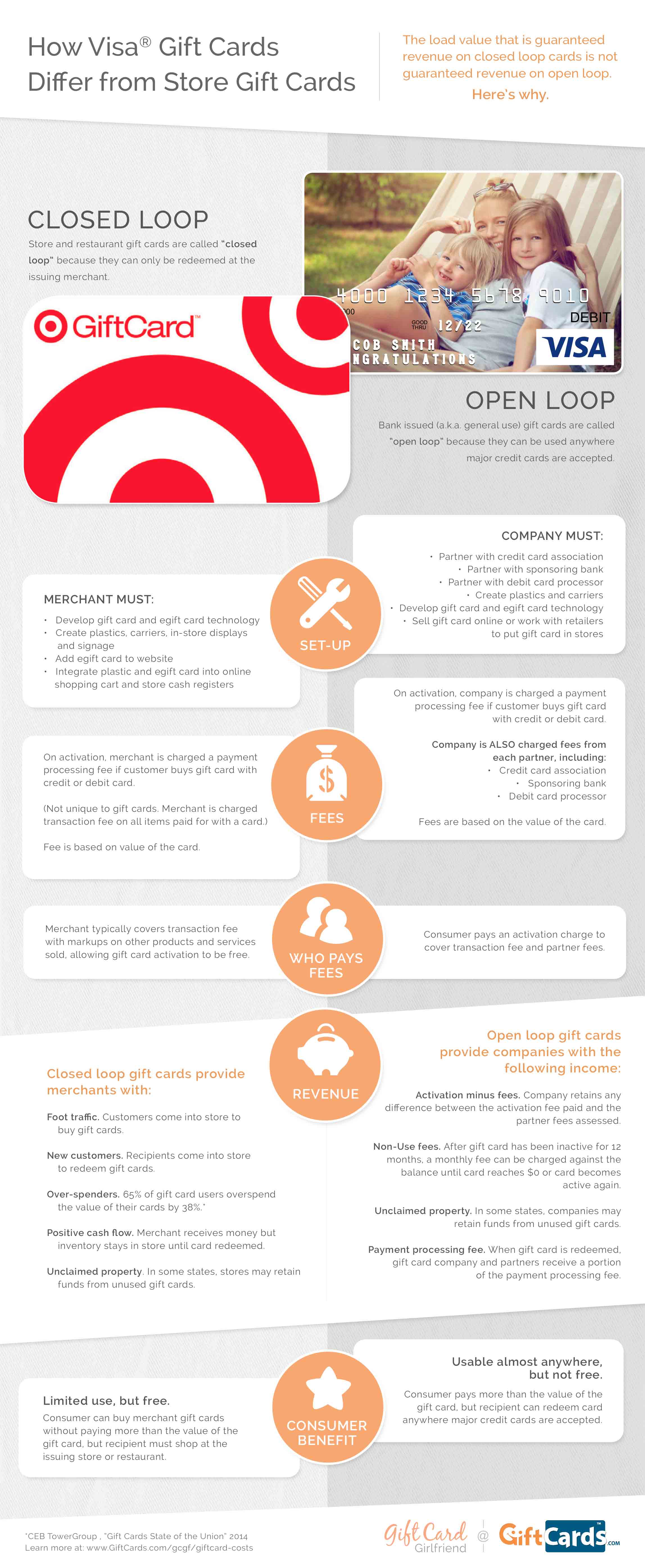Engraved glass is an ageless present or award item that adds a degree of sophistication. Wine glasses, particularly, are usually engraved with monograms, special dates and other unforgettable information.
Epilog laser makers are perfect for inscribing glass, as they're easy to use and offer precise, consistent outcomes. A dampened paper towel helps in reducing warm and protect against the surface area from coming to be harsh throughout laser handling.
Buying Process
Laser etching creates refined detail on drinkware, engraving detailed layouts that will not subside in time. This process is suitable for tailored present products, business or team boodle, and ornamental glasses.
Glass laser etching also inscribes logo designs, identification numbers, barcodes, and hallmarks on glass components for item branding, noting, and anti-counterfeiting applications. It is also a resilient option for automotive glass decoration, with ornamental patterns that enhance aesthetic styling without degrading toughness.
Unlike older inscription techniques, laser innovation does not require any kind of damaging chemicals or inks. This makes it an environment-friendly option for individualizing drinkware, lining up with the growing need for environmentally mindful products.
Samples
Inscribing on glass is an accuracy technique that needs time, perseverance and method to master. Yet, once you've developed your ability degree, laser engraved glass products like glasses and jars can become some of your most profitable products.
Personalized glass can be used to produce a variety of special presents and home style items. From individualized wine glasses and etched mirrors to personalized awards and decorative flower holders, etching offers infinite opportunities for imagination and productivity.
The different types of glass react in different ways to inscription, calling for specific power setups and careful monitoring to prevent splitting or damages. To lower the threat of damages, use a layer of protective masking paper to the surface prior to inscription. This reduces cracking and helps guarantee clean, precise outcomes. Additionally, a slow-moving etching speed is advised to avoid rapid temperature level changes that can cause fracturing. Inscribing on glass also needs ideal laser control and design software application. For example, Adobe Illustrator or Coral reefs Attract for image styles and Lightburn or LaserGRBL to run your laser equipment.
Proofs
Some honors may need an evidence prior to engraving, etching or printing. These things are marked as such in the purchasing procedure and the customer will receive an evidence to review. Proofs are sent to the email offered at the time of the order and have to be authorized by the client before personalization scheduling. Proofs are not sent for art work created by the client. Exceptions to this are art glass pieces that include 2-sided bases and honor pieces that have accent components such as Eclipse and Success.
Shipping
Glass items can be delivered to any kind of destination in the nation, but guaranteeing their secure journey from your facility to the customer's requires comprehensive and thorough steps. Selecting the ideal product packaging products, implementing proper packing techniques, and adhering to extensive documents and labeling practices all help in reducing the opportunity of product damage in transit. An ISTA-certified industrial shipping testing lab, like UFP Packaging, can supply skilled support and assistance throughout the process.
As an example, if your glass products are to be shipped locally, you may choose to pack them in a personalized box with plenty of second safety packaging, such as air pillows, foam or loosened fill peanuts. If they are to be glass engraving techniques delivered out-of-state, you will certainly require to crate them, and the pet crates need to be created with foam in between wood and sufficient paper interleaving to avoid the glass items from the ground up or scrubing versus each other as they are relocated with the copyright's distribution centers.
